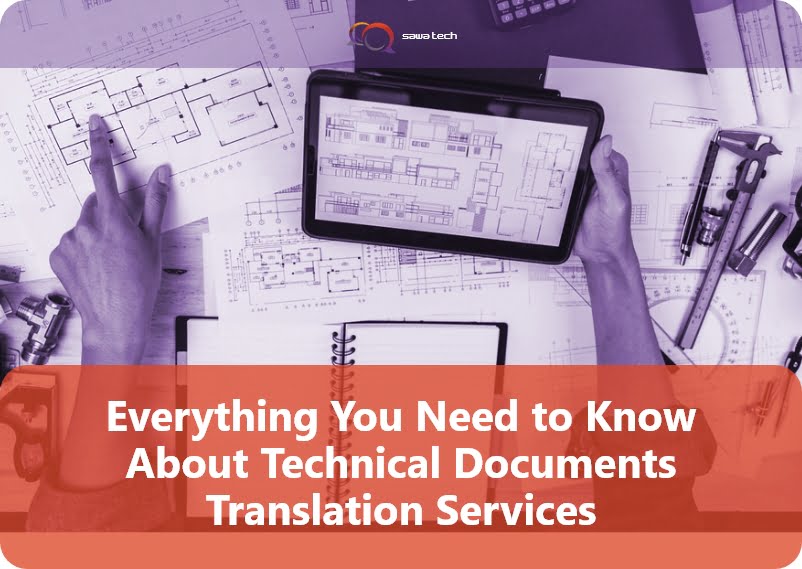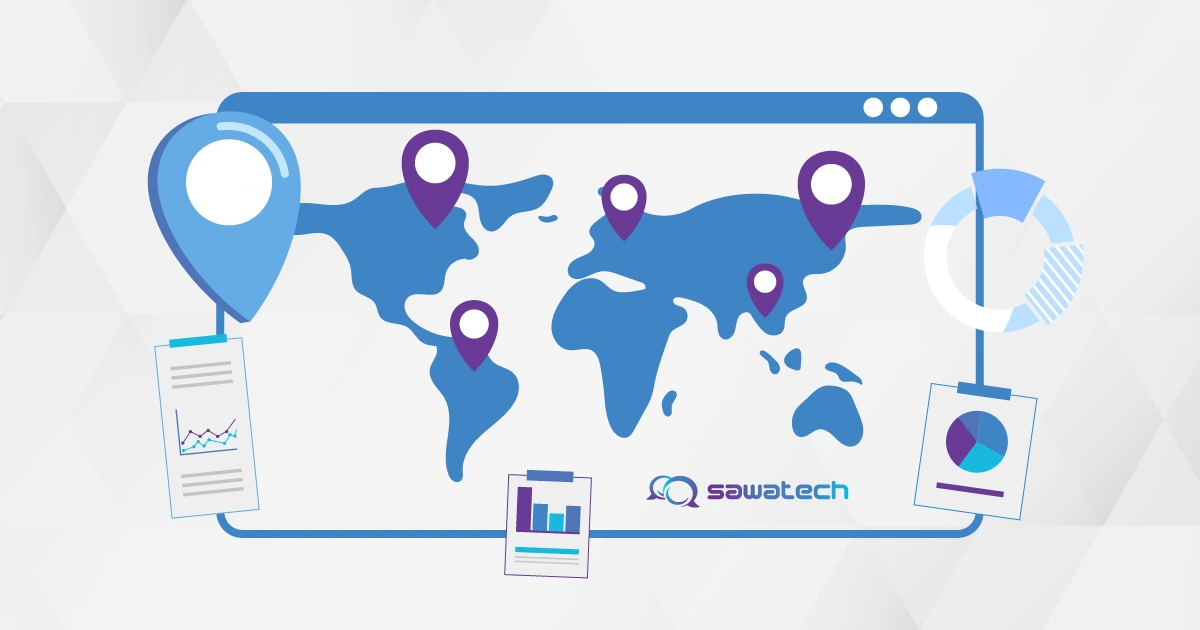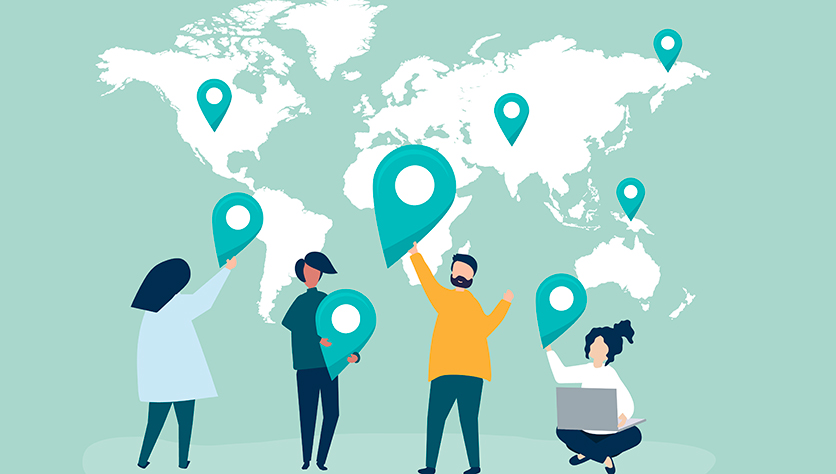Technical documents are relevant to many industries and are a way of retaining customers by offering them a sort of “after-care service”. We could say that technical documents work in favor of the overall user experience.
Technical documents have a role in customers’ purchasing decisions. A survey by SDL on technical documentation highlights the importance of technical documents, where 53% of customers make use of technical documents before making a purchase.

Thus, the quality of technical documentation affects customer retention and consequently a business’ Return on Investment (ROI).
But with that in mind, language barriers come in.
This article will take you on a journey to explore the ins and outs of technical document translation services and what to look for in a translation company.
If this strikes a curious note with you, then join our journey and keep reading!
Table of Contents
- Technical Document Translation: The Ultimate Guide
- The Secret to Choosing a Technical Documents Translation Company
- Is Machine-Translation Your Best Choice?
- Machine Translation Post-Editing (MTPE)
Technical Document Translation: The Ultimate Guide
Before exploring the importance of technical documents, let’s first take a look at technical documents themselves, shall we?
Technical documents refer to a wide range of documentation that provides you with “how-to” guides for certain products. We can find technical documents in many fields such as engineering, medicine, pharmaceuticals, computer hardware and software, finances, and many more.
Each of the aforementioned fields has to provide end-users with certain manuals, information, or instructions. And that’s why the range of technical documentation is huge with various specializations.
Types of Technical Documents:
- User Guides
- Instruction Manuals
- Handbooks
- Maintenance Manuals
- API Documentation
- eLearning Courses and Training
If your business targets a global audience, then you have to provide these technical documents in multiple languages.
Native-language content is more important than prices to 56.2% of buyers according to a survey conducted by Common Sense Advisory. Technical documentation targets end-users, and so providing them with multi-lingual support allows you to gain more customers and harvest customer loyalty
Truth be told, technical document translation can be daunting. Documents of such nature are known for their complex technical language as well as their specific terminology and jargon. This is enough reason to make businesses rule out their bilingual subject-matter experts to do the translation work.
Yes, you definitely need the support of a professional translation agency that can bring highly qualified native-speaking translation teams with extensive subject-matter expertise.
Keep reading to find out more about why and how to choose a Language Services Provider for your technical content.
The Secret to Choosing a Technical Documents Translation Company
1. Technical Knowledge
If you’re looking for accurate technical translations, then you need a company with experienced translators. But you don’t just need any experienced translators. You need ones with unparalleled subject-matter expertise.
The high specialization of technical documents necessitates translators with subject-matter qualifications and a proven track record of handling similar projects, which greatly affects the quality of the technical content produced.
They are the only ones capable of conveying the information and instructions of the documents accurately and verifying the technical integrity of these documents. They are also experts in field-specific terminology, format, and the right tone for every type of document.
For instance, if you’re translating documents for a medical device, you need a professional translator with a medical background and portfolio of previous work in the medical translation field. This is because any translation mistake that communicates wrong information could lead to drastic outcomes. And in the case of safety manuals, it could cause a life-threatening situation.
If you can’t afford mistakes like these, you can’t afford not to work with expert translators.
2. Familiarity with the Relevant Legal Framework
Some of the technical documents are highly legally binding. For example, almost all electronic devices come with a Warranty Registration Form and a Warranty Claim Form.
Those documents use legal terms to explain how long and in what cases the electronic device falls under the warranty. Other documents include obligations, copyrights, disclaimers, terms and conditions…etc.
This legal framework that governs technical documents should only be addressed by a highly qualified translator with in-depth legal knowledge. They understand the legal context of the documents better than any other translators; they are equipped to navigate the legal implications of the text and capture the intended meaning precisely.
But even more than that, relying on translators with legal knowledge for your technical document translation doesn’t only help you avoid potential misunderstanding or misinterpretations, but essentially ensures your compliance with legal regulations and standards specific to the industry and the target country in question.
3. Native Experts
As previously mentioned, technical documents are complex and use complex structures, which requires clear and accurate rendition in the target language. When translating your technical documents, you need a native expert. That’s not surprising. That’s a given actually, but we can’t help but overemphasize the importance of leaving your technical document translation to native-speaking language professionals.
For one thing, they have an innate command of their language, from complex grammar and structures to the language’s cultural connotations. Their native language fluency allows them to address linguistic challenges that arise from translation, while capturing the intended meaning accurately, fluently, and naturally.
For another, they know their culture better than anyone else and can produce culturally-appropriate translations that also meet the local conventions, such as units of measurement, date formats, and more. This is invaluable to avoid miscommunications or conflicts that may arise from inappropriate or offensive content.
They also have first-hand knowledge of the regulations in their country, the interests of buyers, and what they look for in a technical document, as such things vary across locations and cultures.
But finally, and most importantly, they play a crucial role in the QA step of your technical document translation process. Their intuitive grasp of the language, combined with their translation expertise, empowers them to spot inaccuracies, inconsistencies, and other potential translation mistakes that can compromise your translated document’s quality and integrity.
4. Certified Translations
Technical documents are governed by a set of rigorous regulatory standards. Every country has different regulations, and expanding to a global market is usually affected by the regulations enforced in each country.
One of these regulations in the field of technical documentation is regulatory translation. For example, all documentations of medical devices, pharmaceuticals, and in vitro diagnostics products have to be professionally translated. As such regulatory translation is of utmost importance and can for instance affect the health of patients, more often than not a certified translation is required.
It is important then to hire a translation agency that conforms to the international ISO 17100, for instance, which ensures that the agency maintains the highest quality standards. This includes terminology management, workflow efficiency, quality control, and confidentiality.
5. Translation Technologies
When looking for a technical documentation translation company, make sure you pick one that makes use of translation technologies such as an efficient Translation Management System (TMS) and CAT tools.
A TMS is imperative for translation projects, no matter how small they are, but particularly for large-scale projects, such as technical document translation. From task assignment and progress tracking to file management and collaboration, TMSs streamline your translation projects as well as improve workflow and quality.
With features such as translation memories and terminology management, translators can use CAT tools to process and translate large volumes of text, while providing accurate translations and consistent terminology usage. Glossaries and style guides can be of great help too to maintain your brand’s consistency.
Another essential translation tool is Desktop Publishing (DTP) tools. More often than not, technical documents are more than just text. It can be graphic-heavy, peppered with illustrations, drawings, blueprints, and more. In that case, it requires extensive DTP work to adjust formatting and layout and make sure these elements accommodate the new language and its formatting conventions, especially when translating into a right-to-left language such as Arabic.
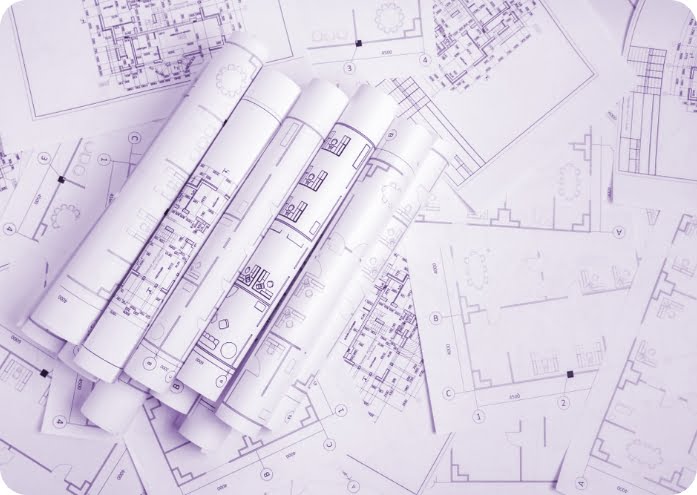
Want to know more about the translation process of technical documents?
This free white paper is for you.
Is Machine-Translation Your Best Choice?
The technical documentation stage is sometimes perceived by companies as a burden on their budget. In fact, the cost of technical document production and maintenance makes up about 10% of the entire product design cost.
Because of that, when companies need to translate their technical documents, they aren’t willing to spend much and eventually might consider machine translations as a more affordable and faster option.
Although machine translation is definitely more affordable and faster than human translation, and some companies have been leveraging it for their technical documentation, it certainly isn’t the best choice.
Machine translation is not always a reliable option. It lacks cultural and contextual understanding as well as industry-specific knowledge to capture nuances or complex terminology and acronyms accurately. That is because they provide word-for-word output, unlike human translation.
In addition, machine translation doesn’t provide an accurate translation of reliable quality. For example, a study on the use of Google Translate in medical communications reported an incident when a doctor, with the help of machine translation, told a father his son is dead, in Swahili, when in fact he was only having a seizure.
Such fatal accuracy problems are often recurrent with machine translation. The less extreme form is machine mistranslations that go viral and create bad publicity.
Moreover, machine translation cannot maintain consistency in terminology and tonality throughout the document. For instance, a study on GT translation in Spanish and Chinese reported 8% inaccuracies in Spanish and 19% in Chinese translation.
And finally, machine translations cannot guarantee your privacy. Most machine translations are open-source, and so run the risk of having your data hacked into or leaked.
So if you cannot afford human translation at the moment, do you have any other options?
Let us tell you: Machine Translation Post-Editing.
Machine Translation Post-Editing (MTPE)
Because of the cost and time benefits of machine translation, you might opt for it. If that’s your choice, then you are definitely going to need Machine Translation Post-Editing services. According to a study of machine translation, an average of 3 edits are required per sentence.
First of all, making use of machine translation and MTPE is still more affordable than human translation. In fact, MTPE can cost you +50% less than human translation rates, saving you a lot of money.
This way, Machine Translation Post-Editing allows you to benefit from the exceptional speed of machine translation, while getting reliable technical translation with a cost much less than human translation from scratch.
With MTPE services, translators can fix inaccuracies, add a more human tone, and deliver certified translations.
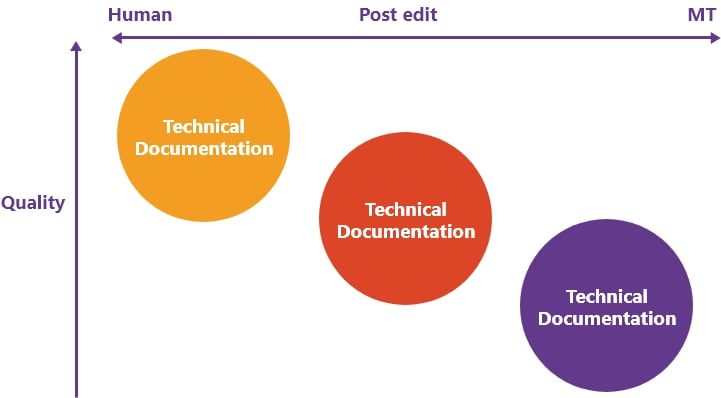
Sawatech’s Technical Document Translation: Your African Language Solution
Sawatech is committed to providing you with reliable technical documentation, from technical manuals to safety guides and patents. Sawatech is located in Africa and has been providing native translations in 120 African languages for 11 years.
Our linguists are certified and adhere to the ISO 17100 certification standards. Our technical document translation services provide you with certified translations that meet every field’s regulatory framework. Our translators have a wide range of expertise in the technical field and have years of experience translating technical documentation.
At Sawatech, we employ different translation technologies to provide you with the best technical document translation services with flexible pricing plans and fast turnarounds. Our team provides you with 24/7 services in any part of the world, and our project managers are able to coordinate with you at the time that best suits your schedule.
In case you got your technical documents machine translated, Sawatech provides expert MTPE services, giving your documents the accuracy, fluency, and integrity you expect.
Whatever language service you’re looking for, we can help with it.

